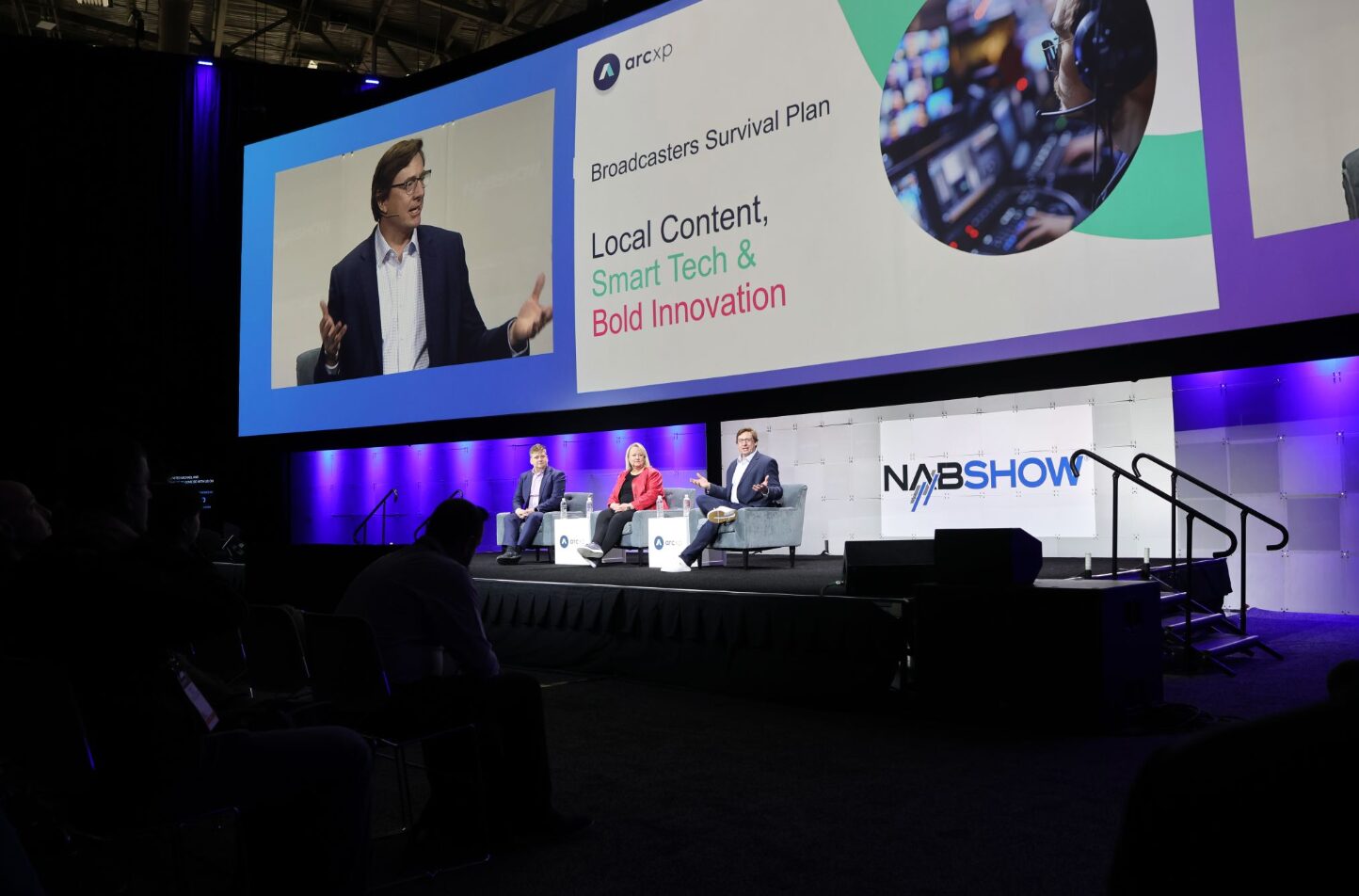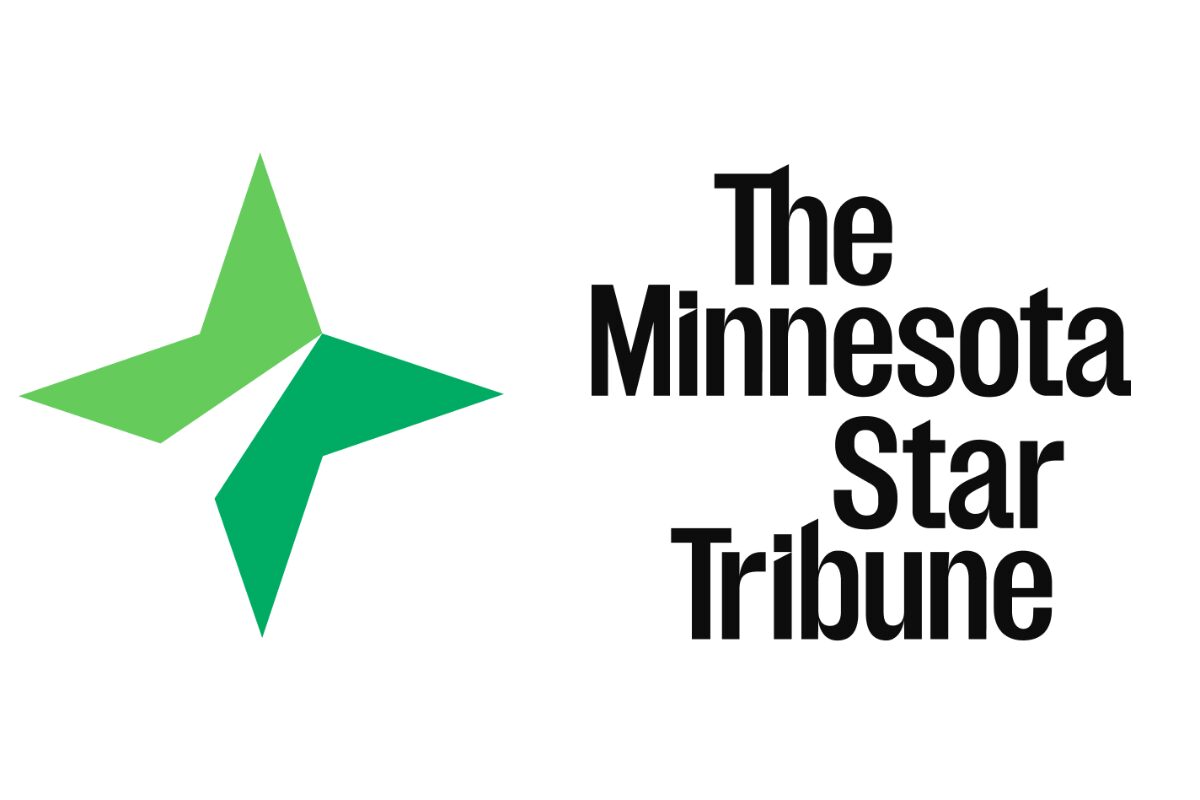7 Big Bets from Ignite: Strategies for Media Success in 2025
At our Ignite 2025 event in Toronto, experts from some of the most influential media organizations shared their insights and bold predictions for what will drive success in 2025. In this article, we explore the seven big bets these experts are placing on the future of media.
Big bet #1: Authorship will define SEO success
During the session “Our Biggest SEO Bet for 2025? It’s Not AI,” SEO experts Jessie Williams from The Guardian and Shelby Blackley from The Athletic emphasized that the foundation of a successful SEO strategy lies in the human experience rather than artificial intelligence.
As AI continues to influence search, highlighted by Google’s 2023 generative experience, challenges have emerged, such as odd recommendations that demonstrate AI’s limitations. The key takeaway? Authorship remains essential. According to Jessie and Shelby, “people trust people.” Readers are drawn to columnists and hosts who resonate with them, particularly during significant events like elections.
To enhance authorship and trust, focus on clear bylines, robust author bio pages, and active engagement with the audience. Off-site strategies, such as participating in interviews and cultivating social media profiles, further bolster credibility.
In essence, the industry’s big bet is prioritizing authorship and authenticity in content creation as we move into 2025.
Big bet #2: It’s time to own your mobile experience
The session “Engaging Tomorrow’s Audience: Mobile App Strategies for News Media” emphasized that the big bet for 2025 is prioritizing user engagement through strategic app design and content delivery. Speakers Amanda Roth from The Logic and Cody Gault from the Toronto Star shared effective tactics for capturing audience attention in an increasingly competitive landscape.
To attract users, they highlighted the importance of seamless integration with existing platforms, leveraging newsletters, and optimizing app store presentations. Amanda suggested incorporating the app into the onboarding experience to facilitate smooth transitions from web to app.
For enhancing engagement, navigation and discoverability are crucial. Amanda discussed delivering long-form content in digestible formats, while Cody noted the effectiveness of vertical video tailored for mobile users. Measuring engagement through metrics like average time on page and session duration is vital. Dominic Easter from Pugpig pointed out the significance of a weekly review process for push notifications to adapt messaging based on user interests.
Looking ahead, both speakers expressed enthusiasm for incorporating AI features like audio articles and personalized content delivery, relying on third-party providers for effective implementation.
Big bet #3: Diversifying revenue streams for sustainable growth
During the session “Monetizing Media: The New Playbook for Revenue Growth,” the big bet for 2025 is the necessity of diversifying revenue streams beyond traditional advertising. Dustin Titus, Chief Revenue Officer at Zoomer Media, emphasized that in today’s fragmented media landscape, publishers must adopt a multifaceted approach to revenue generation.
Titus discussed the importance of borrowing strategies from the creator economy, such as leveraging first-party data, subscriptions, and content extensions like video and events. He pointed out that resilience in revenue comes from embracing diverse models rather than relying on a single stream, which can lead to stagnation.
The discussion also highlighted the challenges facing legacy media, including issues with organic traffic, discoverability, licensing costs, inflation, and evolving consumer behavior. To adapt, publishers should focus on launching innovative media products, enhancing lifestyle content, and leveraging brand partnerships and direct commerce opportunities.
Titus emphasized the importance of understanding audience preferences through first-party and third-party data. He encouraged media organizations to abandon traditional sales funnels in favor of a more dynamic, multiscreen experience that caters to diverse consumer behaviors.
For 2025, the call to action is clear: innovate and create engaging content that resonates with audiences to drive revenue growth.
Big bet #4: Successful AI integration relies on collaboration
In the fireside chat “Unlocking the Power of Data,” the big bet is on using AI and data analytics to transform content strategies and audience engagement. Richa Deshwal, Technical Project Manager at The Globe and Mail, shared how the publication integrates AI into newsroom workflows to enhance editorial decision-making and personalize content.
Deshwal emphasized the importance of selecting the right AI use cases and collaborating with data science and editorial teams to ensure alignment with the publication’s values. By using predictive analytics, The Globe and Mail can determine which stories resonate best with their audience. However, Deshwal cautioned that AI should not solely focus on optimization; it must also meet the business needs of the organization.
Attendees learned about the challenges of AI implementation, including technical hurdles and ethical considerations surrounding data collection. Deshwal highlighted the necessity of adhering to data privacy policies and ensuring that the data used for training AI models does not include personal information or infringe on the publication’s content.
As the discussion turned to the future of AI in journalism, Deshwal framed AI as a “co-pilot” that enhances, rather than replaces, the essential value of journalists. She encouraged companies to start small when integrating AI, ensuring solid data practices and clear principles before scaling their efforts.
The key takeaway is that successful AI integration requires a balanced collaboration between technical and editorial teams, fostering an environment where both can thrive and innovate together.
Big Bet #5: It’s time to ditch traditional customer journey funnels
In the session “Getting Big So You Can Think Small,” Josh Awtry, Senior Vice President of Audience Development at Newsweek, made a bold case for rethinking the traditional customer journey funnel. Instead of seeing audience scale as the finish line, publishers should treat it as the starting point for deeper engagement.
The reality? A single, linear funnel no longer works. Not every reader follows the same path, and not every funnel should lead to the same outcome. Some audiences will convert to paying subscribers, while others will engage in different, high-value ways—through events, newsletters, or professional communities. The key is to map out multiple, customized user journeys that align with audience behaviors and business goals.
To make this shift, publishers must:
- Abandon the “one-size-fits-all” funnel and segment audiences by content verticals, behaviors, and potential value.
- Leverage first-party data through interactive experiences like quizzes, polls, and newsletters to understand user preferences.
- Prioritize engagement over sheer reach—whether through community-building, premium experiences, or tailored offerings.
- Rethink success metrics beyond page views—each interaction should be an opportunity for deeper connection.
The future of audience strategy isn’t about forcing every reader down the same path. It’s about recognizing that different readers provide value in different ways—and optimizing for those diverse journeys.
Big bet #6: Betting on people in the age of AI
In the panel “Hiding in Plain Sight: Unlocking the People Advantage,” the big bet was clear: technology alone isn’t enough—people are the key to innovation and resilience.
Speakers Erin Valois from Postmedia and Takara Small from BBC and CBC emphasized that a tech strategy without a people strategy is just “a very long email.” Organizations that prioritize transparency, role clarity, and connection will foster better collaboration and adaptability.
The discussion also tackled trust in an era of deepfakes and digital deception. Fact-checking alone won’t be enough—newsrooms must rethink how they build credibility in a world where manipulated content is harder to detect. Investing in internal trust within an organization strengthens external trust with audiences.
Looking ahead, the panel warned that AI-driven deception will be a major cybersecurity threat, potentially deepening public distrust in media. However, the good news is that these conversations are happening now, giving organizations time to prepare.
The key takeaway: successful digital transformation requires betting on people first—tech is only as powerful as the trust and collaboration behind it.
Big Bet #7: Betting on strategy over tools
In the Executive Roundtable Session – The 2025 Bet, media leaders explored the big moves shaping the future of the industry. The consensus? Success in 2025 won’t come from simply adopting new technology—it will come from aligning talent, strategy, and tools to drive real business outcomes.
Speakers Barbara Escoto, Vice President of Digital Product at Bell Media; and Josh Awtry, Senior Vice President of Audience Development at Newsweek highlighted that:
- AI is not a strategy—it’s a tool. Organizations must define their business goals first and then determine how AI and data can support them.
- Talent is a newsroom’s superpower. Without the right people, media companies risk falling behind. Younger journalists should be empowered to create content that resonates with their generation.
- Data is only valuable when tied to clear business outcomes. Organizations must be specific about what they want to achieve before investing in tools.
- AI should free up human creativity, not replace it. Let automation handle repetitive tasks so journalists can focus on storytelling and insight-driven reporting.
The key takeaway? Betting on AI, data, and technology without a clear strategy is a losing game. In 2025, success will belong to organizations that invest in their people, define their value proposition, and use tools with purpose.
The road ahead: Turning big bets into action
At Ignite 2025, it became evident that the media landscape is undergoing significant changes, and organizations that fail to adapt risk being left behind. The key to thriving in 2025 lies in the ability of organizations to:
- Prioritize trust and authenticity through authorship and human-centered storytelling.
- Commit to mobile-first engagement and seamless audience experiences.
- Diversify revenue models beyond advertising.
- Leverage AI strategically while maintaining ethical data practices.
- Rethink audience journeys with tailored engagement strategies.
- Invest in people to drive innovation and credibility.
- Align technology with business goals rather than chasing trends.
The future of media belongs to those willing to adapt, innovate, and put their audience first. The big bets have been placed—now it’s time to execute.
Recent resources




